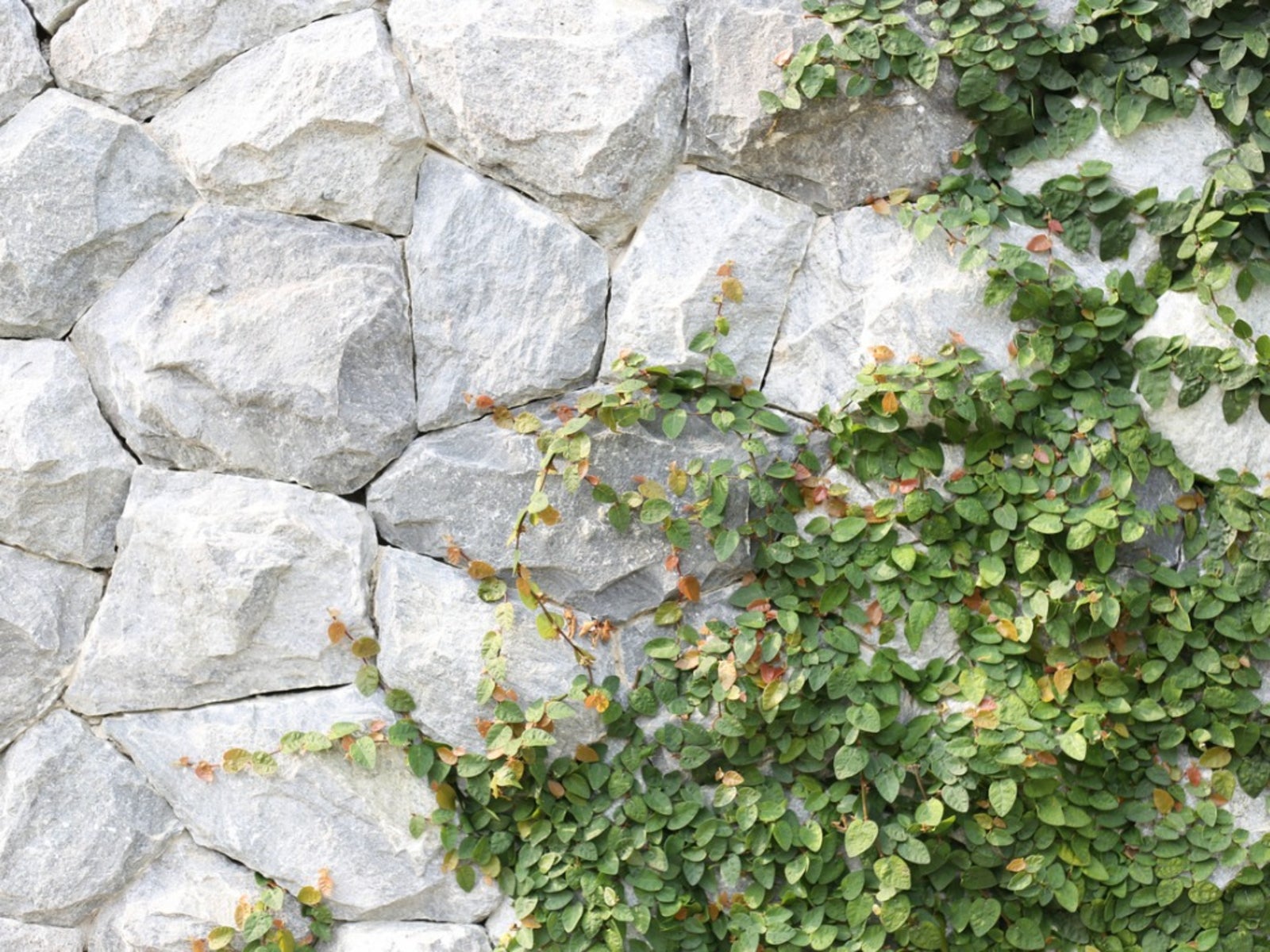Creeping Fig Plant - Tips For Creeping Fig Care


Creeping fig vine, also known as fig ivy, creeping ficus and climbing fig, is a popular ground and wall cover in warmer parts of the country and a lovely houseplant in cooler areas. Creeping fig plant (Ficus pumila) makes a wonderful addition to the home and the garden.
Creeping Fig as a Houseplant
Creeping fig vine is often sold as a houseplant. The small leaves and lush green growth make for both a lovely table plant or a hanging plant. When growing creeping fig as a houseplant, it will need bright, indirect light. For proper indoor creeping fig care, the soil should be kept moist but not overly wet. It is best to check the top of the soil before watering.
If the top of the soil is dry, it needs to be watered. You will want to fertilize your creeping fig in the spring and summer about once a month. Do not fertilize it in the fall and winter. In the winter, you may need to provide extra humidity to your creeping fig plant.
For extra interest, you can add a pole, a wall or even a topiary form to your creeping fig houseplant container. This will give the creeping fig vine something to climb and eventually cover.
Creeping Fig Vine in the Garden
If you live in USDA plant hardiness zone 8 or higher, creeping fig plants can be grown outside year round. They are often used as either a ground cover or, more commonly, as a wall and fence cover. If allowed to grow up a wall, it can grow up to 20 feet (6 m.) tall. When grown outdoors, creeping fig like full or part shade and grows best in well-draining soil.
In order to look its best, creeping fig should get about 2 inches (5 cm.) of water a week. If you do not get this much rainfall in a week, you will need to supplement with the hose. Creeping fig is easily propagated from plant divisions. As creeping fig vine gets older, it can get woody and the leaves will get older. To bring the plant back to the finer leaves and vines, you can heavily prune back the more mature parts of the plant and they will regrow with the more desirable leaves.
Be aware before planting a creeping fig plant that once it attaches itself to a wall, it can be extremely difficult to remove and doing so can damage the surface that the creeping fig attaches to. Creeping fig care is easy, whether you are growing it indoors or outdoors. Growing creeping fig can bring beauty and a lush backdrop to its surroundings.
Sign up for the Gardening Know How newsletter today and receive a free copy of our e-book "How to Grow Delicious Tomatoes".

Heather Rhoades founded Gardening Know How in 2007. She holds degrees from Cleveland State University and Northern Kentucky University. She is an avid gardener with a passion for community, and is a recipient of the Master Gardeners of Ohio Lifetime Achievement Award.